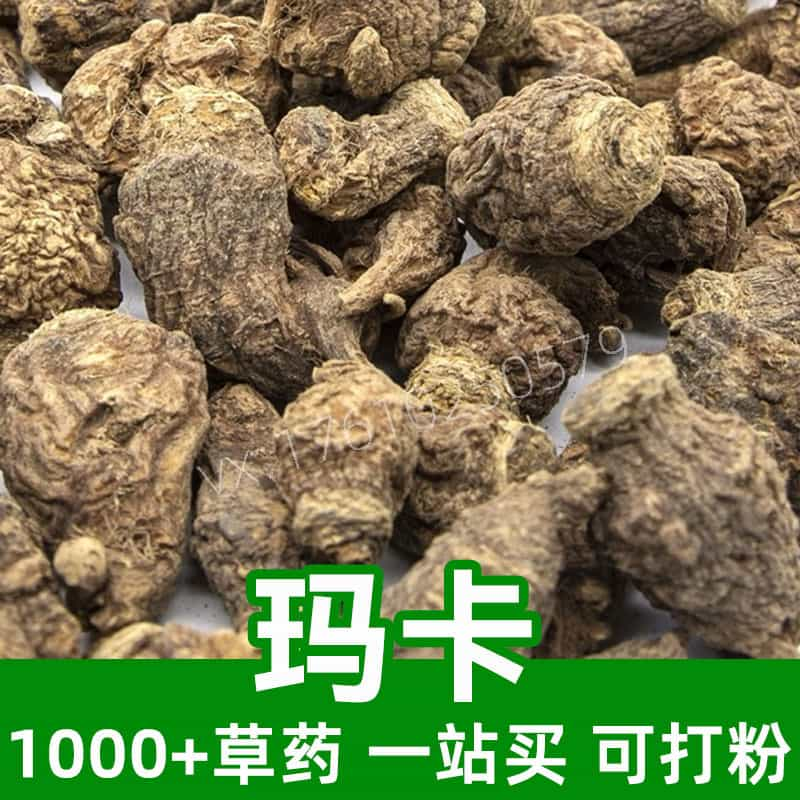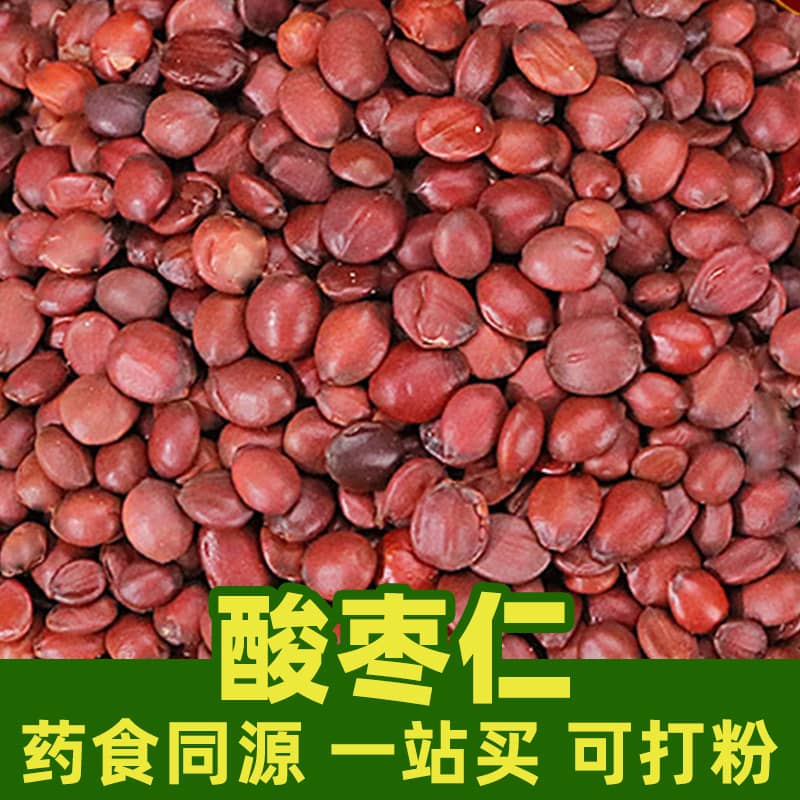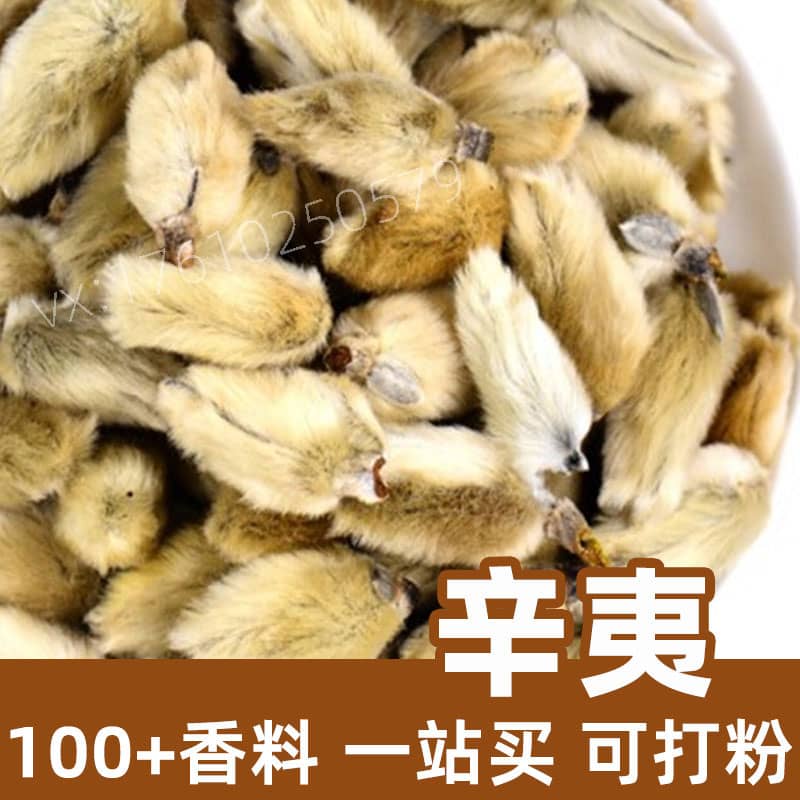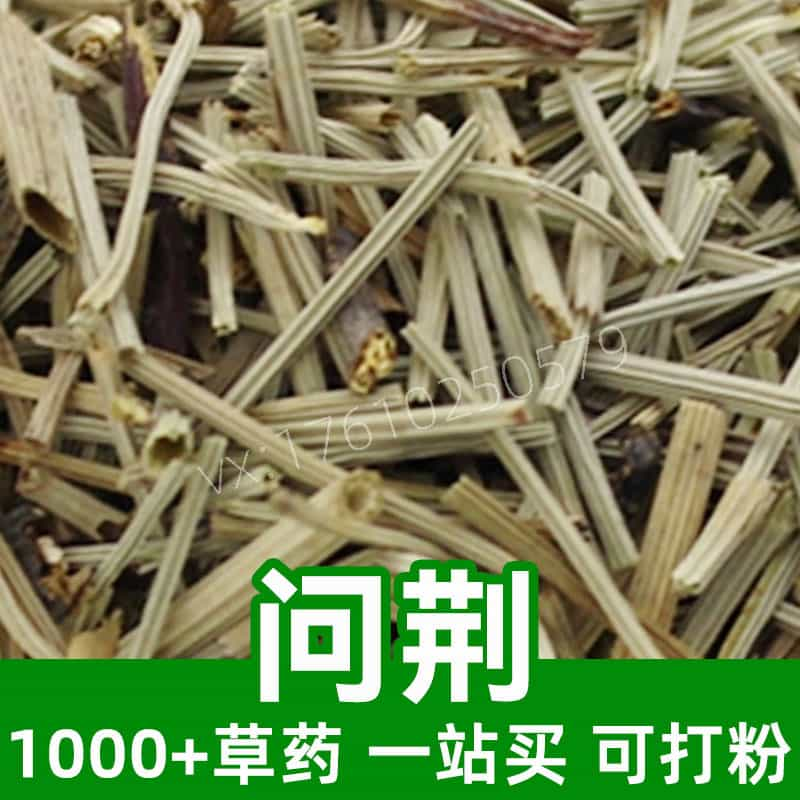Product Introduction
Papaya, scientifically known as Carica papaya, is a tropical fruit that has garnered attention for its multitude of health benefits and culinary uses. Originating from the warm climates of Central America and southern Mexico, papaya is now cultivated extensively across tropical regions of the world, including parts of Asia and Africa. The fruit is rich in essential nutrients such as vitamins (particularly vitamin C and A), folate, and potassium, making it a valuable addition to a balanced diet.
Papaya is well-known for its high content of the enzyme papain, which aids in digestion and contributes to the fruit's reputation as a digestive aid. It is also recognized in traditional Chinese herbal medicine for its potential to support skin health and overall wellness. Papaya is typically consumed fresh; however, it can also be enjoyed in various forms, including dried, juiced, or incorporated into salads and desserts. Beyond its delicious taste and myriad health benefits, this fruit plays an important role in promoting digestive health and providing nutrients essential for various bodily functions.
Main Active Ingredients
Papaya is celebrated for its rich set of active ingredients and functional compounds that contribute to its health benefits. Its most notable enzyme, papain, is crucial in aiding protein digestion and is often used as a meat tenderizer and digestive aid in dietary supplements. This enzyme helps break down complex proteins into simpler peptides and amino acids, making nutrients more accessible to the body.
In addition to papain, papaya contains several bioactive compounds such as carotenoids (including lycopene and beta-carotene), which are powerful antioxidants that help protect the body from oxidative stress and free radical damage. The vibrant orange color of the papaya flesh is a sign of these beneficial carotenoids, known to support eye health and skin wellness.
The fruit is also high in vitamin C, an essential nutrient that functions as an antioxidant and plays a significant role in immune health. Alongside vitamin C, papaya contains folate, which supports cellular function and is vital during pregnancy for fetal development. Furthermore, papaya offers a good source of dietary fiber, which promotes digestive health by aiding regular bowel movements and maintaining a healthy gut microbiome.
With these active ingredients, papaya is not only a delicious fruit but also a powerhouse of nutrition, making it a valuable component in traditional Chinese medicine, health supplements, and the culinary arts.
Product Application Scenarios, Usage, and Dosage
In traditional Chinese medicine, papaya is associated with the spleen and stomach meridians and is often considered beneficial for digestive health. It is frequently recommended in various forms, including fresh fruit, juice, or as a component in herbal formulas. The use of papaya is also noted for its potential to help with maintaining skin health and may aid in soothing inflammation when applied topically in the form of papaya paste or juice.
For culinary applications, ripe papaya can be enjoyed fresh, added to smoothies, or incorporated into salads, desserts, and even savory dishes. Its sweet flavor complements a wide range of ingredients, including citrus fruit, yogurt, and grains. In terms of dosage, consuming 1 cup of fresh papaya daily is a common recommendation for those looking to enjoy its health benefits while adding it to their daily diet.
For digestive health, papaya can be consumed in the form of dried papaya cubes or powders, which can be integrated into baking or morning oatmeal. The dried form retains many of its nutritional benefits and provides a convenient way to enjoy papaya's properties. It is essential to listen to one's body and consult a healthcare provider for personalized advice, particularly if exploring papaya supplements or concentrated forms for specific health goals.
Introduction to the Source Plant, Distribution, and Growth Environment
Papaya (Carica papaya) is a fast-growing, tropical plant that thrives in warm, humid climates. The plant, which typically reaches heights of 5 to 10 meters, has an unbranched trunk and large, palmate leaves that provide the characteristic look of this fruit-bearing tree. Grown primarily in tropical and subtropical regions around the world, papaya is largely cultivated in countries like India, Indonesia, the Philippines, and several Latin American nations.
The ideal growth conditions for papaya include well-drained sandy loam soils enriched with organic matter, and they prefer full sun exposure. The tree is sensitive to frost and cold temperatures, making warm climates essential for its successful growth. Papaya plants can produce fruit within six to twelve months after planting, which adds to their appeal as a quick crop for farmers.
In commercial production, papaya is often propagated by seed, but growers may also use cloned seedlings to ensure the desired characteristics are retained. This fruit is significant not only for its nutritional value but also for its contribution to local economies in papaya-producing regions, providing income and employment to many communities engaged in its cultivation and distribution.
Harvesting, Processing, and Storage
Harvesting papaya typically occurs when the fruit begins to show color change, indicating ripeness. Mature papayas will often be green with hints of yellow at the bottom; they can be harvested at this stage and allowance for ripening at room temperature is essential for optimal flavor and texture. Care must be taken during the harvesting process to prevent bruising, as papayas are quite delicate. Workers often use gloves to handle the fruit gently and may employ clippers to cut the fruit from the tree at the base of the stem.
The post-harvest processing of papaya includes cleaning and packaging for distribution. Commercial operations often wash the fruit to remove any residual contaminants and then sort them based on size and quality before packaging. Fresh papayas are typically shipped to markets and retailers, where they are sold as whole fruits or further processed into juices, dried fruit, or purees for culinary uses.
For proper storage, whole, unripe papayas can be kept at room temperature until they ripen. Once ripe, they should be stored in the refrigerator to extend their shelf life, ideally being consumed within a week for the best flavor and nutritional value. When processing papaya into dried fruit or juice, it is crucial to maintain hygienic practices to avoid spoilage and retain the fruit's beneficial properties. The final products must be stored in cool, dry conditions to ensure longevity and quality, allowing consumers to enjoy the flavors and health benefits of papaya for extended periods.
Monica Sun is a seasoned expert in the natural raw materials industry, with over a decade of experience specializing in traditional Chinese medicinal herbs, spices, and fungi. She is skilled in the sourcing, processing, and application of these materials, emphasizing sustainability and innovation. Monica Sun has contributed to the development of high-quality natural raw materials that serve as essential components in functional foods, pharmaceuticals, and cosmetics, delivering tailored solutions to meet diverse market needs.
















